| Home |  | advice |
Osteopathic DIY manual :)
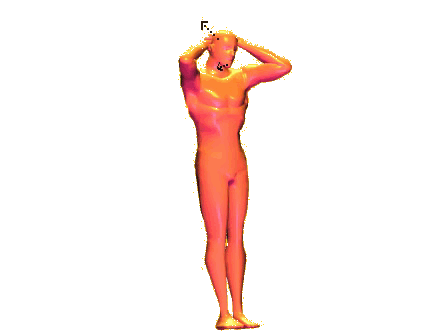

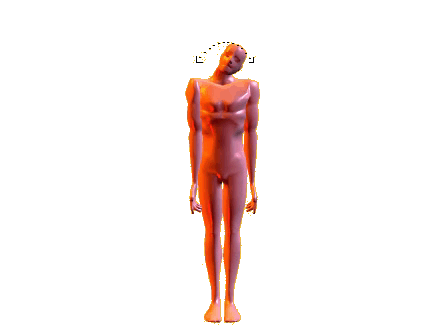
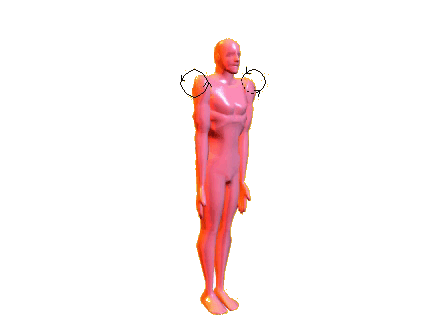
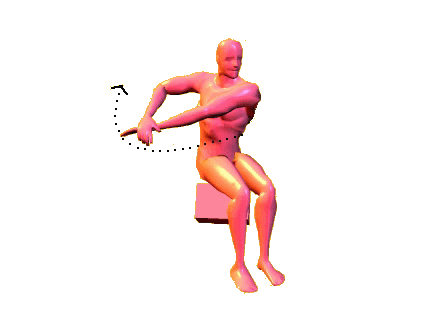
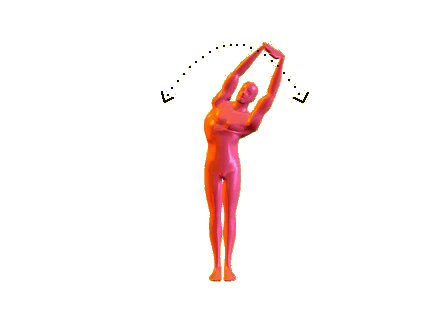
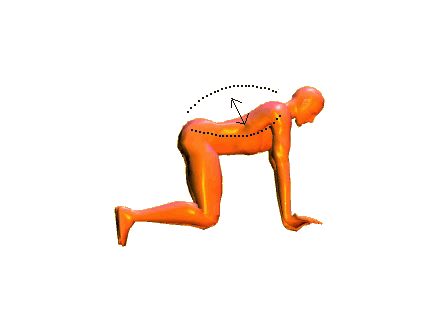
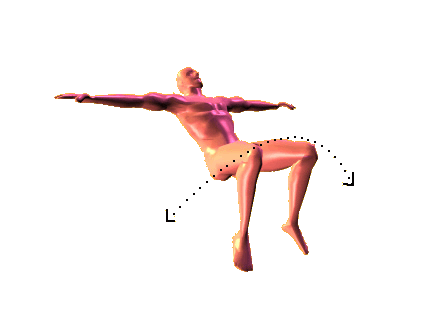
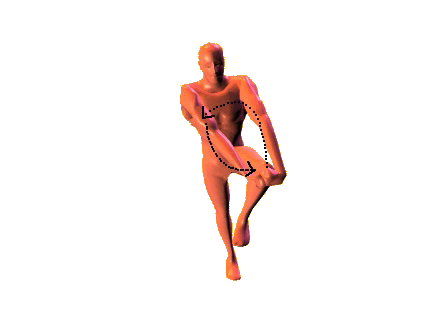
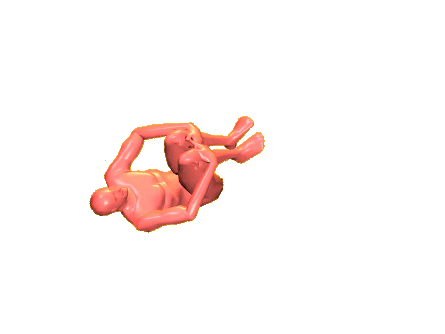
Joint "went out"
What should you do when your back has "gone" or a neck/joint problem suddenly occurs? If your suffering is unbearable the best thing to do is seek professional help (from an osteopath or a doctor). If "it is not that bad" or there is no specialist within an easy reach you can try to help yourself.
I usually give my patients the following recommendations for DIY help in case of sudden pain/stiffness in muscles or joints:
- Stop an activity that caused the problem (lifting, doing sport), or change your posture and try to do some stretching without causing pain. Best of all is to stop that activity and to do some self-help rather than to "work it through" hoping that "it will go".
- In cases of severe sprains and bruises you can apply a cold (ice) pack in the first few hours on the injured part. Sometimes anti-inflammatory ointments and homeopathic Arnika provide some relief.
- do some simple relaxation techniques: lie or sit down in the most comfortable position, relax all you muscles, making them feel heavy, perform several slow deep breaths in and out (do not do this if you think you might have a broken rib). Repeat 7-10 times.
- concentrate your attention on the unhappy area and try to feel a nice pleasant warmness in it, try to do it for at least 5-10 minutes.
- do a few exercises described below.Remember that you shouldn't feel the discomfort increasing nor should you feel sharp pain. Do not do exercises for the first few days after severe injuries. The best help in those cases is rest for the unhappy area. Before starting the exercises try to move your troublesome part carefully in different directions and find out which movements are limited and painful and which are not.
Home exercises
I often recommend that my patients do specific exercises for 4-5 minutes as a part of their daily routine (most commonly it includes exercises for the spine, neck or back). They can be done immediately after waking up in the morning or before going to bed. Even an EXTREMELY busy person who can not do a regular sport 2-3 times a week can afford 5 minutes to do simple exercises. This will be enough to help recovery and prevent reoccurrence in the future. It is an excellent idea to do specific exercises after the end of treatment as well.
Exercises
For the neck and shoulders
1.

Hands behind the neck, fingers interlaced. Push your head backwards slightly, against resisting hands and let down your chin at the same time. Hold for 2-3 second, relax.
2.

From the initial position turn your head from side to side keeping it in a vertical position (not tipping the ear to the shoulder).
3.

Bend your head over one side and then the opposite sides until a pulling feeling occurs on your shoulder.

Roll your shoulders forward then lift them up to the ears, roll them backwards and then down to the initial position thus completing a whole circle. After 5-6 circles you can do a few circles in the opposite direction.
Middle of the back (thoracic spine)

Sitting down. One arm is stretched straight forward horizontally with the other holding it on the wrist. "Pull" the straight arm rotating the body round. The pelvis and head are stable and do not move. After 5-6 repetitions swap your arms and rotate your body into the opposite direction.

Standing, interlaced fingers above the head with arms straight. Bend the body over 5-6 times to each side.

Kneeling on "all fours" - knees and hands. Arch the back up and then bend it down.
Low back and pelvis

Lying on the back, arms spread by your side, shoulders are pushed against the floor. Bend your knees and put the feet 30-40 cm from each other. Keeping your feet and shoulders on the floor turn your pelvis and back to each side trying to "lay" your knees right down on the floor. Variations :put the heel of one foot up on the bent knee of the other or put the heel on the tip-toes of the other foot and turn your pelvis/back from those positions.

Lying on the back, bend one leg (usually on the side where there is a problem) and interlace your fingers below the knee. Pull the knee towards the shoulder on the same side, then towards the opposite shoulder and move the knee down again, thus completing a whole circle. 5-6 circles with each leg.

Lying on the back. Bend both legs up to your tummy. Clasp the knees with your arms and pull them up. Hold for 5-10 seconds and relax.
Nutrition and diet
Osteopaths are trying to keep patients off medications as much as possible and recommend drugs only if necessary.
In acute pain it is recommended to cut down on the products that are rich in caffeine, like coffee, tea or chocolate because caffeine increases pain perception.
Some headaches, especially of migraine type, may be provoked by certain foods, for instance, by red wine, cheese, citrus fruits or food additives (like preservatives). Try to keep a diary of your headaches and products you take and then check up whether there is any relationship between headaches and what you eat. If you found a pattern try to exclude from your diet a particular product that appears in your diary few hours before the headaches start and see if that makes a difference.
Certain products may also increase or improve pain caused by joint inflammation (arthritis) like rheumatoid arthritis, degenerative arthritis, gout. You may also try to keep a diary to find out which products aggravate the pain. Alternatively you may exclude one group of products or another from your diet for a minimum of 2-3 weeks and see the result. For example, you may start by excluding dairy products, including cheese, yogurt, ice cream, butter. If after 2-3 weeks the joint pain starts to decrease continue with the diet or try to introduce individual products back one by one until you found whether it is any particular product or the whole group.
If after 2-3 weeks there was no effect on the intensity or frequency of the joint pain, try to exclude other groups of products: wheat and bakery, meat, spice or others.
Often a good improvement can be achieved by therapeutic fasting. We have met several patients during my career who had their joint pain improved for several months so much, that they were able to cut down or stop taking the medication (including steroids). This can be achieved only by complete fasting for more than 1 week under close control by a specialist in the field. One, however, can get good results even with short periods of fasting. By fasting we mean staying only on pure water for a certain period of time. The easiest way to start is to stay on water only for 24-36 hours once a week. There should be no restriction on drinking pure water.
If you can easily manage this you may try up to 3 days of fasting. This may be done 2-3 times a month. Do not try fasting if you have any medical condition - ask your doctor first.
Supplements
Some products in our food can also improve pain or musculo-skeletal condition.
If you suffer from muscle spasms, cramps during a day or at night you may may be low in some minerals, in particular calcium and magnesium imbalance. For this condition a calcium and magnesium supplement may provide good relief.
If the cramps at night haven't improved after taking the calcium and magnesium supplement, try taking one glass of Tonic water that contains quinine before going to bed - look for a bottle that indicates at the bottom of the label "contains quinine". Quinine supresses muscle exitation
If you have been taking diuretic drugs ('water pill') for some time - they are commonly administered for hypertension, heart failure - there is a risk of low sodium and potassium levels in the tissues which may also cause muscle spasms and cramps. In this case a mineral supplement with sodium and potassium is indicated.
Not many people know that some plants have anti-inflammatory action similar to medical anti-inflammatory drugs like Neurofen or Voltarol. These are ginger, hot curry and garlic. They also act as antiseptics or antibiotics. If you have been suffering from arthritis you may try taking grated ginger or ginger drinks, curry and/or garlic as if it was a drug, i.e. 3 times a day. Beware that like anti-inflammatories they should be taken with or after meal because they also may cause irritation of the stomach.
A lot of our patients ask about glucosamine and chondroitin supplement. As with any other remedies it is not a "cure-all" magic pill, but it was shown in some trials to slow down or stop cartilage destruction in cases of arthritis. If you want, you can give it a go to see if it helps, but they are not pain killers so it might take a few months to see any difference.

